Brown Mustard: The Spicy Secret You Didn’t Know Your Kitchen Needed!
Introduction
If you've ever bitten into a hot dog slathered in mustard or added a dollop to your sandwich just for that extra kick, chances are you've tasted brown mustard. But what exactly is this fiery little condiment? Where did it come from, and why does it taste so much more intense than its yellow cousin? Let’s dive into the world of Spice Basics and uncover everything there is to know about brown mustard — from its origins to how to use it like a pro.

Table of Contents
- What Is Brown Mustard?
- How Is It Made?
- A Dash Through History
- Flavor Profile: What Makes It Unique?
- Top 5 Ways to Use Brown Mustard in Everyday Cooking
- Brown Mustard vs. Yellow & Dijon: A Spicy Showdown
- Is Brown Mustard Healthy?
- Storage Tips: How Long Does It Last?
- Fun Facts That’ll Make You the Life of the Party
What Is Brown Mustard?
Put simply, brown mustard is a type of mustard made primarily from Brassica juncea seeds (also known as brown or Indian mustard seeds). Compared to regular yellow mustard, which uses white mustard seeds (Brassica alba), brown mustard brings more heat and complexity to the table — literally.
The paste is usually made by grinding these seeds into a fine powder and then mixing them with vinegar, water, salt, and sometimes other spices like turmeric or garlic powder. This mixture sits for a while to allow the pungent oils to develop before being bottled.
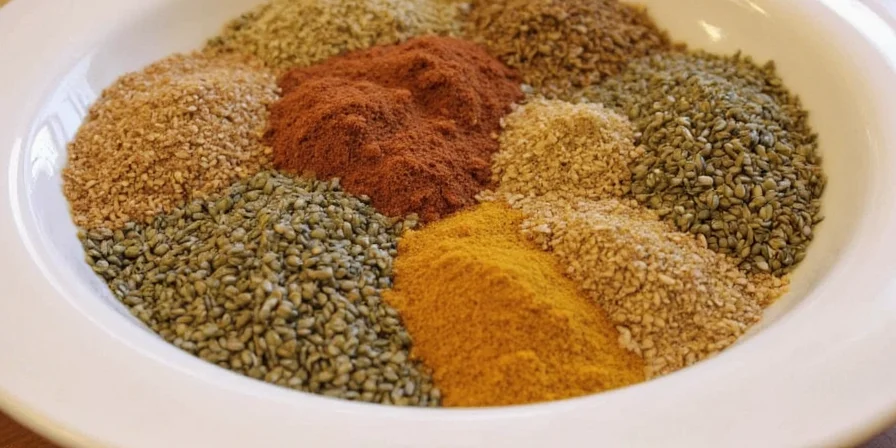
How Is It Made?
Making brown mustard is part science, part art. Here's a simplified breakdown:
- Step 1: Harvest and dry the brown mustard seeds.
- Step 2: Grind the seeds into a coarse powder.
- Step 3: Mix the ground seeds with acidic liquid like vinegar or wine, plus salt and spices.
- Step 4: Allow the mixture to ferment slightly, enhancing flavor and sharpness.
- Step 5: Bottle and age for a few days to weeks.

A Dash Through History
Brown mustard has roots that go way back — we're talking thousands of years. Ancient Indians and Chinese were among the first to use mustard seeds for both culinary and medicinal purposes. In fact, mustard was considered sacred in some cultures and used in religious rituals.
In Europe, mustard-making became an art form during the Middle Ages, especially in France. By the 19th century, German immigrants brought their mustard recipes to the U.S., where it eventually evolved into the versions we now see on supermarket shelves. Today, brown mustard is a staple in kitchens across the globe — whether it's spicing up sandwiches, marinades, or barbecue sauces.
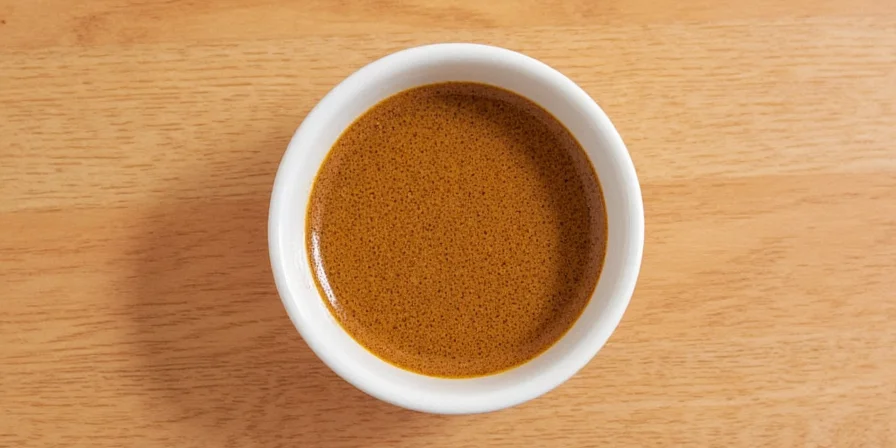
Flavor Profile: What Makes It Unique?
Brown mustard stands out in the condiment world because of its bold, tangy, and slightly earthy flavor. The heat level is definitely noticeable but not overwhelming unless you let it sit on your tongue too long — trust us, we’ve all been there.
What gives brown mustard its kick is an enzyme called myrosinase, which activates when the seeds are crushed and mixed with liquid. This creates allyl isothiocyanate — the compound responsible for that sinus-clearing sensation. Unlike capsaicin in chili peppers, mustard heat dissipates quickly and doesn't linger.
Top 5 Ways to Use Brown Mustard in Everyday Cooking
- 1. Boost Burger Flavor: Add a spoonful to your burger patties before grilling. It enhances meatiness and balances fatty flavors.
- 2. Glaze for Meats: Mix with honey or maple syrup for a sweet-and-spicy glaze perfect for ham or pork.
- 3. Sandwich Upgrade: Swap out mayo for brown mustard on turkey or grilled cheese — fewer calories, more flavor!
- 4. Marinade Magic: Combine with olive oil, garlic, and herbs to create a punchy marinade for chicken or tofu.
- 5. Salad Dressings: Whisk into vinaigrettes for a creamy texture and spicy zing without extra fat.
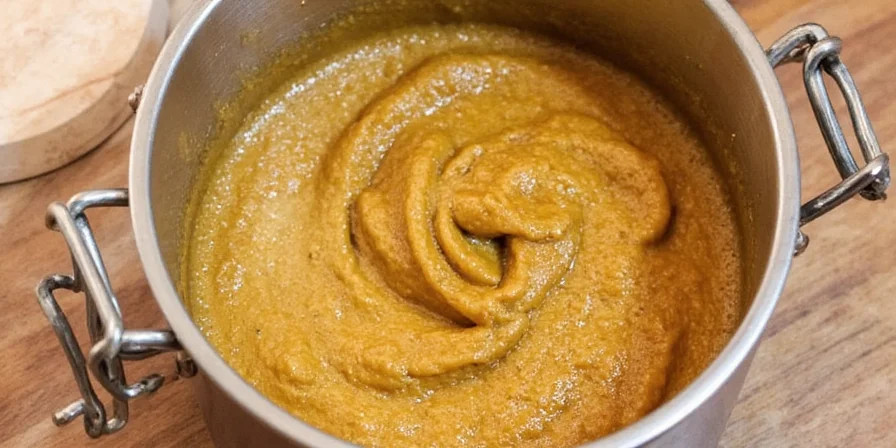
Brown Mustard vs. Yellow & Dijon: A Spicy Showdown
To help you understand how different mustards stack up, here's a quick comparison:
| Mustard Type | Main Seed | Flavor | Common Uses |
|---|---|---|---|
| Brown Mustard | Brassica juncea | Pungent, spicy, complex | Sandwiches, marinades, glazes |
| Yellow Mustard | Brassica alba | Mild, tangy, slightly sweet | Hot dogs, dips, dressings |
| Dijon Mustard | White mustard seeds + verjuice/wine | Sharp, less vinegary, refined | Cooking, sauces, gourmet dishes |
Is Brown Mustard Healthy?
You bet! While it might seem like just another condiment, brown mustard packs a surprisingly nutritious punch. Here’s what’s inside each tangy spoonful:
- Fiber: Supports digestion and keeps you full longer.
- Vitamins: Rich in vitamin B-complex and small amounts of A and K.
- Minerals: Contains calcium, magnesium, and selenium.
- Antioxidants: Helps fight inflammation and supports heart health.
Just remember — store-bought brands may contain added sugars or preservatives. If you want the cleanest version, try making it at home using raw apple cider vinegar and whole spices.
Storage Tips: How Long Does It Last?
Good news: Mustard is practically immortal thanks to its high acidity. Once opened, keep your bottle in the fridge to preserve flavor and color. Most store-bought varieties last up to two years unopened and about one year after opening.
Pro tip: Homemade mustard can be stored in sterilized jars in the fridge for up to three months. Shake well before use!
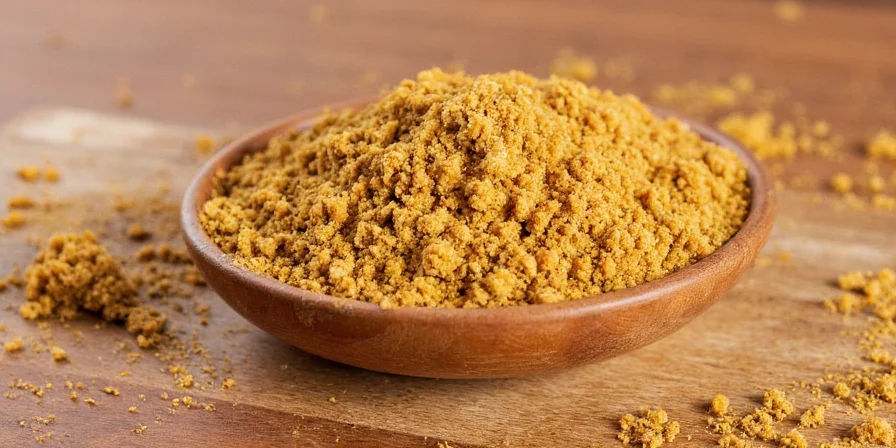
Fun Facts That’ll Make You the Life of the Party
- Brown mustard is one of the most popular types in India, often used in pickles and spice blends like panch phoron.
- Mustard is the only condiment approved by the FDA for labeling consistency across all brands — every bottle must contain at least 30% mustard seed solids.
- In ancient Rome, mustard was mixed with wine to create an early version of what we now call “Dijon.”
- There’s a mustard museum in Wisconsin (yes, really!) housing over 6,000 bottles and jars.
- A single teaspoon of mustard contains zero grams of fat and barely any calories — perfect guilt-free spice fix!

Conclusion: Brown Mustard – More Than Just a Condiment
So there you have it — brown mustard isn't just for ballpark franks or sad office sandwiches. With its rich history, complex flavor profile, and impressive health benefits, this humble condiment deserves a permanent spot in your kitchen. Whether you’re dressing up a salad or spicing up your next BBQ, a splash of brown mustard can make all the difference.
Next time you reach for that brown jar, take a moment to appreciate the centuries of tradition, chemistry, and culinary genius packed inside. And remember — life may be bland, but your food doesn’t have to be.

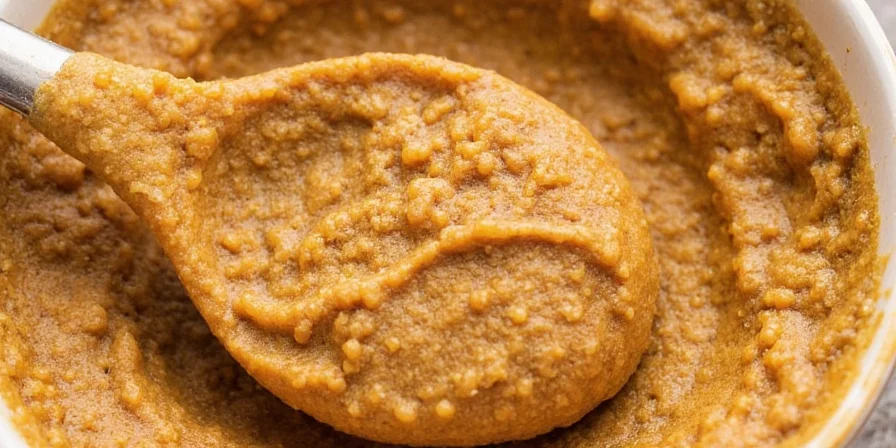









 浙公网安备
33010002000092号
浙公网安备
33010002000092号 浙B2-20120091-4
浙B2-20120091-4